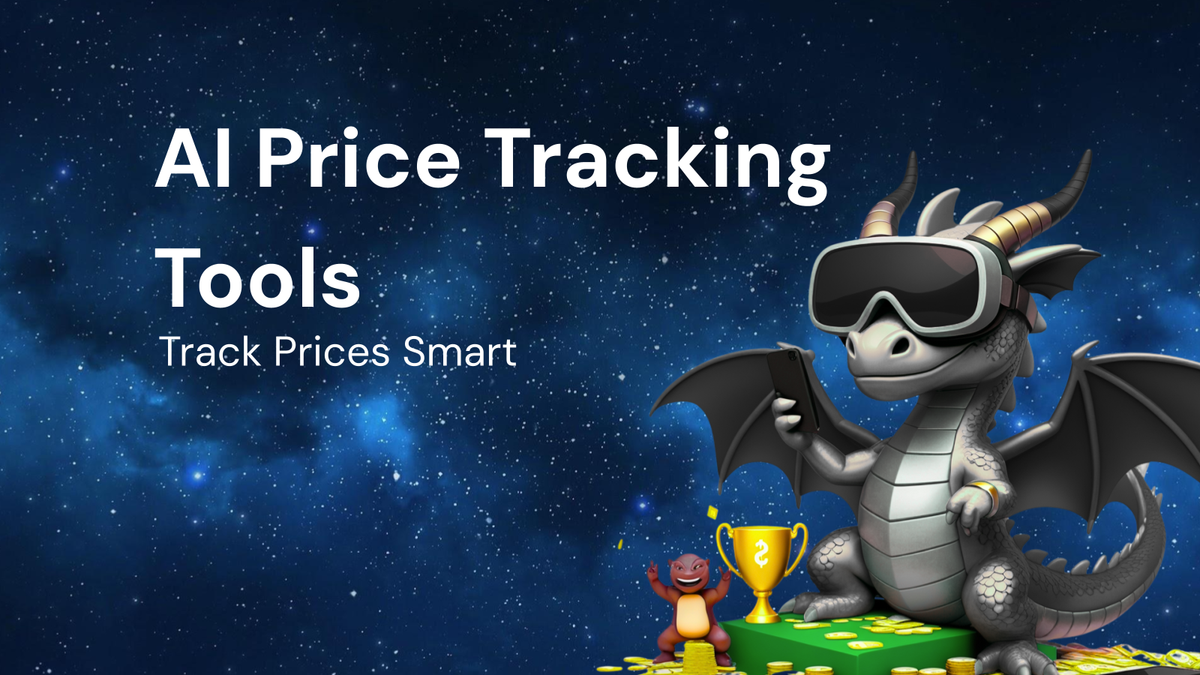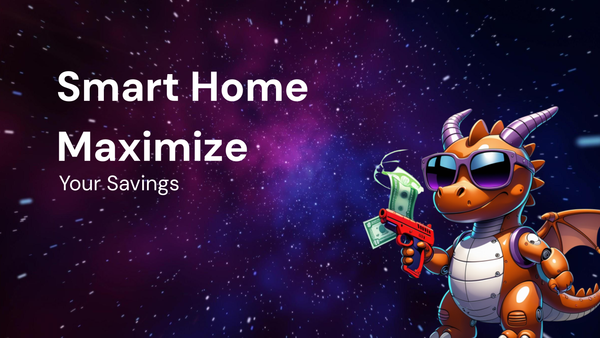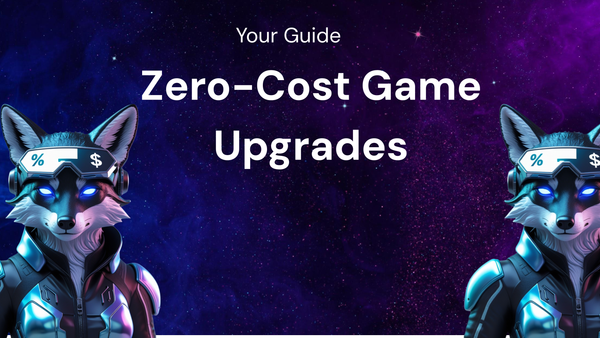How to Use AI Tools for Price Tracking Effectively

Harnessing the Power of AI: A Comprehensive Guide to Effective Price Tracking
In today's dynamic and competitive marketplace, staying ahead of the curve requires more than just a keen eye. Businesses and consumers alike need to be agile and informed, and that starts with understanding price fluctuations. Price tracking, the process of monitoring and analyzing price changes over time, has become an indispensable tool for making informed purchasing decisions, optimizing pricing strategies, and gaining a competitive edge. While traditional methods of price tracking have their place, the advent of Artificial Intelligence (AI) has revolutionized the landscape, offering unparalleled accuracy, efficiency, and insights.
This comprehensive guide delves into the world of AI-powered price tracking, exploring its benefits, key functionalities, practical applications, and best practices. Whether you're an e-commerce retailer, a savvy consumer, or a data-driven analyst, this guide will equip you with the knowledge to leverage AI tools for effective price tracking.
I. The Evolution of Price Tracking and the Rise of AI
Before we delve into the intricacies of AI-powered price tracking, let's take a moment to appreciate its evolution.
- Traditional Price Tracking: Historically, price tracking involved manual data collection, often relying on spreadsheets, physical store visits, and rudimentary web scraping. These methods were time-consuming, labor-intensive, prone to errors, and lacked the ability to process large volumes of data.
- The Digital Age and Web Scraping: The rise of e-commerce and the internet provided a treasure trove of price data. Web scraping tools emerged, automating the process of extracting price information from websites. However, these tools often struggled with dynamic websites, anti-scraping measures, and the sheer volume of data.
- The AI Revolution: AI has ushered in a new era of price tracking, addressing the limitations of traditional methods and web scraping. AI algorithms can automatically identify and extract price data, even from complex and dynamic websites. They can also analyze vast amounts of data to identify trends, predict price fluctuations, and provide actionable insights.
II. Why Use AI for Price Tracking? The Benefits Unveiled
AI-powered price tracking offers a multitude of advantages over traditional methods:
- Enhanced Accuracy: AI algorithms can accurately identify and extract price data, even from websites with complex layouts, dynamic content, and anti-scraping measures. They are less prone to errors than manual data entry or rule-based web scraping.
- Increased Efficiency: AI automates the entire price tracking process, saving time and resources. It can monitor thousands of products across multiple websites in real-time, providing up-to-date price information.
- Scalability and Flexibility: AI systems can easily scale to handle large volumes of data and adapt to changes in website structures and pricing strategies. They can track a wide range of products across different industries and markets.
- Advanced Analytics and Insights: AI can analyze price data to identify trends, patterns, and anomalies. It can provide insights into competitor pricing strategies, market dynamics, and consumer behavior.
- Price Prediction and Forecasting: Some AI tools can predict future price fluctuations based on historical data, seasonality, demand, and other factors. This allows businesses to proactively adjust their pricing strategies and optimize revenue.
- Personalized Price Monitoring: AI can be used to track prices of specific products based on individual preferences and buying habits. This is particularly useful for consumers looking for the best deals.
- Competitive Advantage: By tracking competitor prices in real-time, businesses can gain a competitive advantage. They can adjust their prices to remain competitive, optimize their profit margins, and attract more customers.
III. Key Functionalities of AI-Powered Price Tracking Tools
AI-powered price tracking tools offer a wide range of functionalities, including:
- Data Extraction and Cleansing: AI algorithms automatically extract price data from websites, clean and validate the data, and store it in a structured format. They can handle different data formats, currencies, and languages.
- Product Matching and Identification: AI can accurately match products across different websites based on product titles, descriptions, images, and other attributes. This ensures that you are comparing prices for the same product.
- Price Monitoring and Alerts: AI tools continuously monitor prices and send alerts when prices change or reach a specific threshold. This allows you to react quickly to price fluctuations and take advantage of opportunities.
- Competitor Analysis: AI can analyze competitor pricing strategies, identify their strengths and weaknesses, and provide insights into their market positioning.
- Price Optimization: AI can recommend optimal prices based on factors such as demand, competition, and cost. This can help businesses maximize their profit margins and increase revenue.
- Dynamic Pricing: AI can dynamically adjust prices in real-time based on market conditions and consumer behavior. This allows businesses to optimize their pricing strategies and respond quickly to changes in demand.
- Reporting and Visualization: AI tools provide comprehensive reports and visualizations that help you understand price trends, identify patterns, and make informed decisions.
IV. Practical Applications of AI Price Tracking
AI-powered price tracking has a wide range of applications across different industries and sectors:
- E-commerce: E-commerce retailers can use AI to track competitor prices, optimize their pricing strategies, and increase sales. They can also use AI to personalize prices and offers for individual customers.
- Retail: Brick-and-mortar retailers can use AI to track prices in real-time, compare prices with online retailers, and adjust their prices accordingly. They can also use AI to monitor inventory levels and optimize their supply chain.
- Manufacturing: Manufacturers can use AI to track raw material prices, optimize their production costs, and negotiate better prices with suppliers.
- Finance: Financial institutions can use AI to track asset prices, identify investment opportunities, and manage risk.
- Travel: Travel agencies can use AI to track flight and hotel prices, optimize their pricing strategies, and offer the best deals to their customers.
- Consumer Goods: Consumer goods companies can use AI to track competitor prices, monitor consumer demand, and optimize their marketing campaigns.
- Personal Finance: Consumers can use AI to track prices of products they are interested in buying, find the best deals, and save money.
V. Choosing the Right AI Price Tracking Tool
Selecting the right AI price tracking tool is crucial for maximizing its effectiveness. Consider the following factors when making your decision:
- Accuracy: The accuracy of the data extraction and product matching is paramount. Look for tools that use advanced AI algorithms to ensure high accuracy.
- Scalability: The tool should be able to handle the volume of data you need to track. Consider your current and future needs.
- Integration: The tool should integrate seamlessly with your existing systems, such as your e-commerce platform, CRM, and ERP.
- Features: Evaluate the features offered by the tool and choose one that meets your specific needs. Consider features such as price monitoring, competitor analysis, price optimization, and reporting.
- Ease of Use: The tool should be easy to use and require minimal training. Look for tools with intuitive interfaces and comprehensive documentation.
- Pricing: Compare the pricing models of different tools and choose one that fits your budget. Consider factors such as the number of products tracked, the frequency of data updates, and the level of support provided.
- Customer Support: Ensure that the tool provider offers reliable customer support and technical assistance.
- Reputation and Reviews: Research the reputation of the tool provider and read reviews from other users. This can give you valuable insights into the tool's performance and reliability.
VI. Best Practices for Effective AI Price Tracking
To maximize the benefits of AI-powered price tracking, follow these best practices:
- Define Your Objectives: Clearly define your objectives for price tracking. Are you looking to optimize your pricing strategies, gain a competitive advantage, or save money?
- Identify Key Competitors: Identify your key competitors and track their prices closely. Analyze their pricing strategies and identify opportunities to differentiate your offerings.
- Monitor Product Availability: Track product availability in addition to prices. This can help you identify potential shortages and adjust your inventory accordingly.
- Set Price Alerts: Set price alerts for specific products and competitors. This will allow you to react quickly to price fluctuations and take advantage of opportunities.
- Analyze Historical Data: Analyze historical price data to identify trends, patterns, and anomalies. This can help you predict future price fluctuations and optimize your pricing strategies.
- Segment Your Products: Segment your products based on factors such as price sensitivity, demand, and competition. This will allow you to tailor your pricing strategies to specific product categories.
- Consider External Factors: Consider external factors such as seasonality, economic conditions, and competitor promotions when setting your prices.
- Test Different Pricing Strategies: Experiment with different pricing strategies to see what works best for your business. A/B testing can be a valuable tool for optimizing your pricing.
- Monitor Your Results: Continuously monitor your results and adjust your pricing strategies as needed.
- Stay Updated: Stay updated on the latest AI technologies and price tracking tools. The field is constantly evolving, and new tools and techniques are emerging all the time.
VII. Overcoming Challenges in AI Price Tracking
While AI-powered price tracking offers numerous advantages, it's important to be aware of the potential challenges:
- Data Quality: The accuracy of the data is crucial for effective price tracking. Ensure that the data is clean, accurate, and up-to-date.
- Website Changes: Websites can change their structure and layout, which can disrupt the data extraction process. Choose a tool that can adapt to these changes automatically.
- Anti-Scraping Measures: Many websites employ anti-scraping measures to prevent automated data extraction. Choose a tool that can bypass these measures effectively.
- Dynamic Pricing: Dynamic pricing strategies can make it difficult to track prices accurately. Choose a tool that can handle dynamic pricing and track price changes in real-time.
- Data Privacy: Be mindful of data privacy regulations when collecting and using price data. Ensure that you comply with all applicable laws and regulations.
- Cost: AI-powered price tracking tools can be expensive. Carefully evaluate the costs and benefits before investing in a tool.
VIII. The Future of AI Price Tracking
The future of AI price tracking is bright. As AI technology continues to evolve, we can expect to see even more sophisticated tools and techniques emerge. Some of the trends to watch include:
- Enhanced Price Prediction: AI algorithms will become even more accurate at predicting future price fluctuations.
- Personalized Pricing: AI will be used to personalize prices and offers for individual customers based on their preferences, buying habits, and location.
- Automated Pricing Strategies: AI will automate the entire pricing process, from data collection to price optimization.
- Integration with IoT Devices: AI will be integrated with IoT devices to track prices in real-time, even in physical stores.
- Advanced Sentiment Analysis: AI will be used to analyze customer sentiment and adjust prices accordingly.
- Blockchain Integration: Blockchain technology will be used to ensure the accuracy and transparency of price data.
Conclusion
AI-powered price tracking is transforming the way businesses and consumers make informed decisions. By leveraging the power of AI, you can gain a competitive advantage, optimize your pricing strategies, and save money. This comprehensive guide has provided you with the knowledge and insights you need to effectively utilize AI tools for price tracking. By following the best practices outlined in this guide, you can harness the power of AI and unlock the full potential of price tracking. Embrace the AI revolution and stay ahead of the curve in today's dynamic marketplace.




